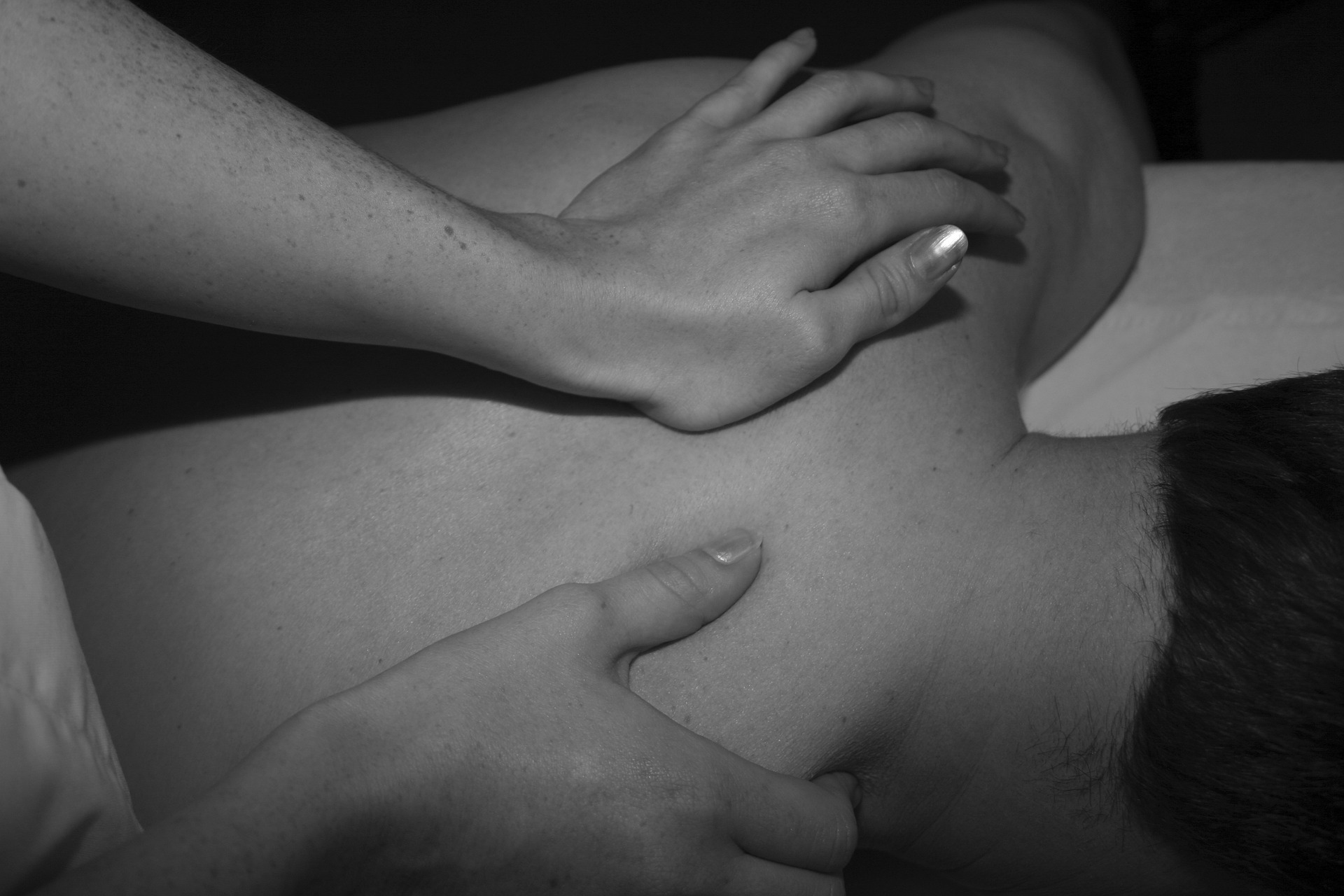
Back pain is one of the most common complaints fielded by primary care physicians, and while some of it is caused by a single instance of injury, most back pain is preventable. Preventable back pain typically stems from issues like poor posture, incorrect use of equipment, and general wear and tear in our daily lives. And even if you already have some back problems, there are steps you can take now to reduce the problem and prevent it from getting worse.
If you’re ready to take ownership of this aspect of your health, correcting these three common issues can make a big difference in your quality of life and your long term experience of pain. They can’t prevent all pain and injury, but they will provide some valuable insulation from the most common problems.
Watch That Bag!
At the beginning of every school year, the news is full of articles about how excessively heavy backpacks may have a long-term impact on our children’s back health, but the problem doesn’t just apply to children and teens. Carrying excessively heavy bags or carrying them improperly can cause back problems for everyone.
If you have to carry a lot of heavy sports equipment, such as hockey gear, consider purchasing a wheeled bag. The same applies to those who carry a lot of books for work or school, heavy technology like a large laptop, or a sizeable musical instrument. And for those who prefer to carry such items or find wheeled bags unwieldy, be sure to carry heavy loads in a backpack with two straps. Carrying too much weight on one shoulder, as many people do with their purses or laptop bags, can cause ongoing back pain and uneven posture.
Construction Caution
Another common way that people sustain back injuries is through manual labor, whether in one-time accidents or through repetitive use injuries. A common cause of acute injuries includes falls from ladders or muscle strains caused by improperly lifting heavy objects like home appliances and construction materials.
In cases of chronic back pain, the cause may be found in twisting motions or a series of small tears and strains sustained over time. This is particularly common among those who have weak core muscles. Though you may not realize it, having a strong core is important for most kinds of physical activity, and can even help take some strain off of your back. If you don’t have the necessary strength to perform a task safely, there’s no shame in requesting assistance or hiring a professional. The small cost can save you much more in medical expenditures.
Sedentary Situations
On the opposite end of the spectrum from manual labor-related back injuries are those caused by an excessively sedentary lifestyle. Doctors are seeing this problem more often as a larger portion of the population spends their day working jobs that require little movement and keep them confined behind a desk.
How does a sedentary lifestyle contribute to a back injury if you aren’t doing anything? One of the most common causes is poor posture. Yes, your mother was right – it’s important to sit up straight. Most people begin slumping when they sit when they’re children and the problem persists into adulthood unless corrected by a doctor or physical therapist. You may also need to invest in a special, ergonomically designed chair to protect your back if you work a desk job.
Sitting for long periods of time can also contribute to back injuries because it puts pressure on the discs of the spine. This type of compression, when sustained over months and years of work, often manifests as a bulging disc, but if you don’t take steps to improve your posture and take regular breaks from seated work, a bulging disc can turn into something worse and even require back surgery.
Back pain is no laughing matter (and if you let it go on too long, even laughing will hurt), so it’s important to take good care of this part of your body. Making changes to your posture, taking precautions with heavy loads, and developing your core muscle strength can help you avoid chronic back pain for years to come – and a few planks are and crunches are definitely preferable to spinal surgery.